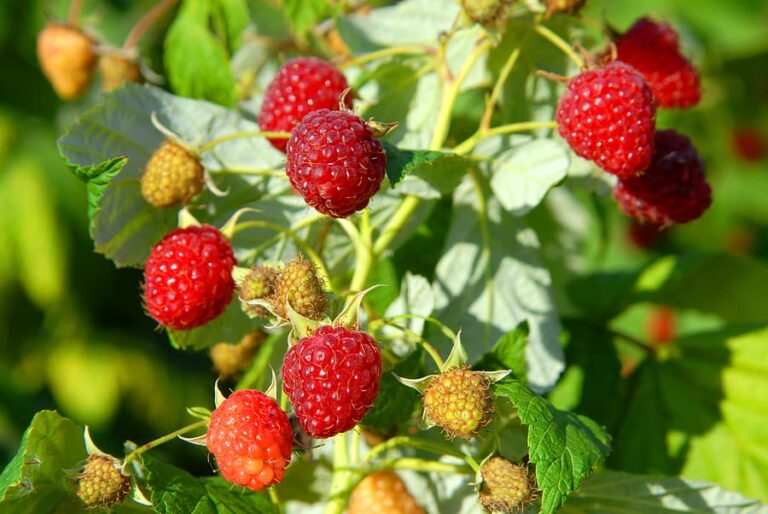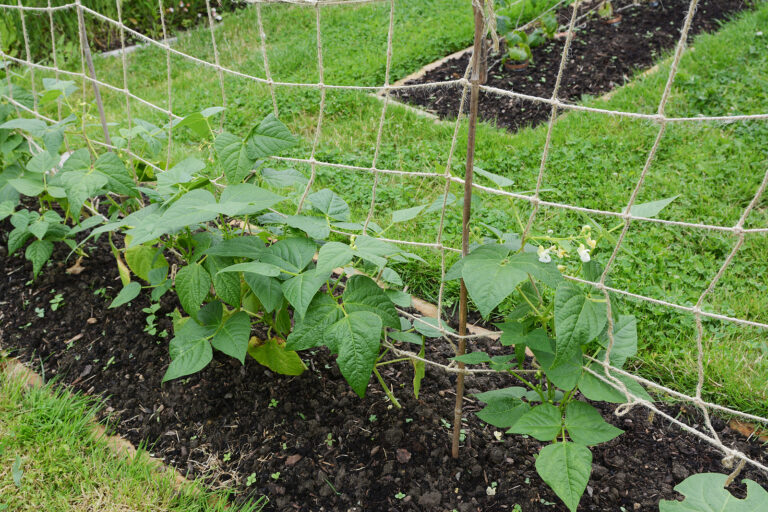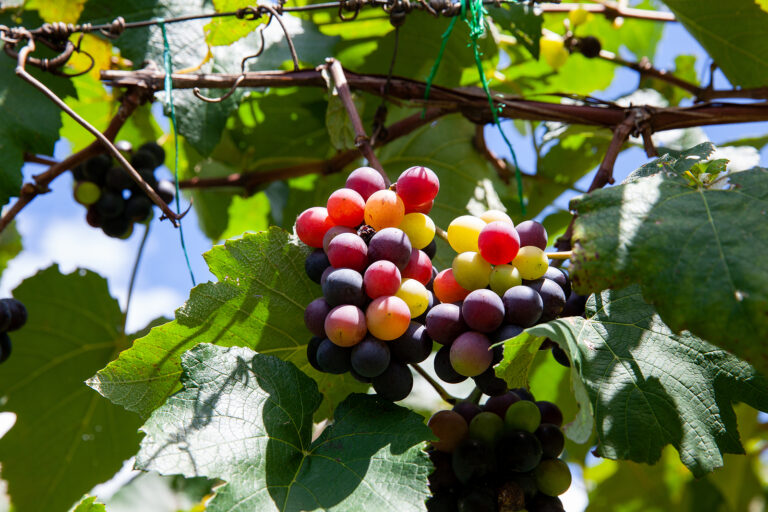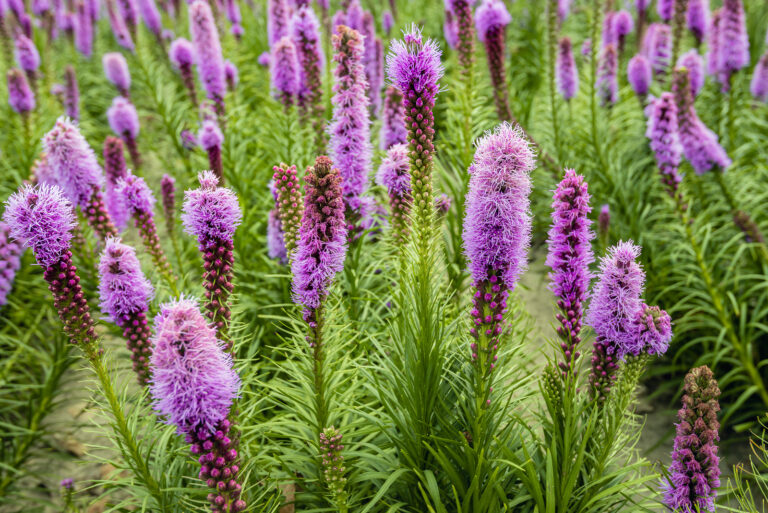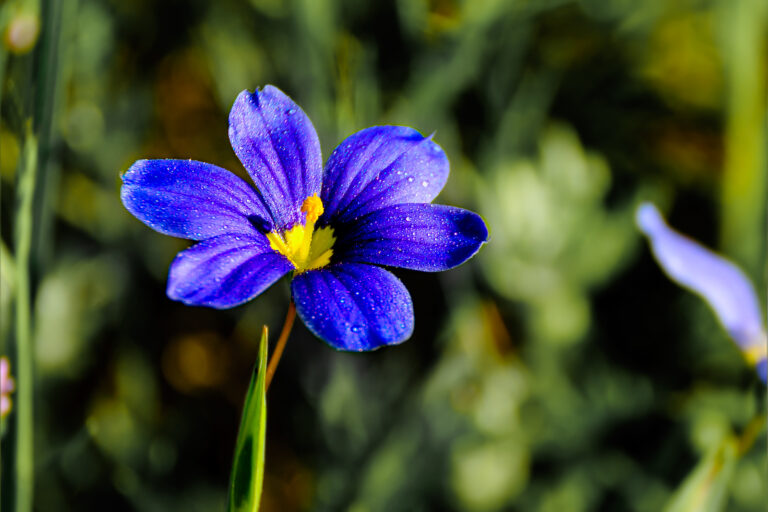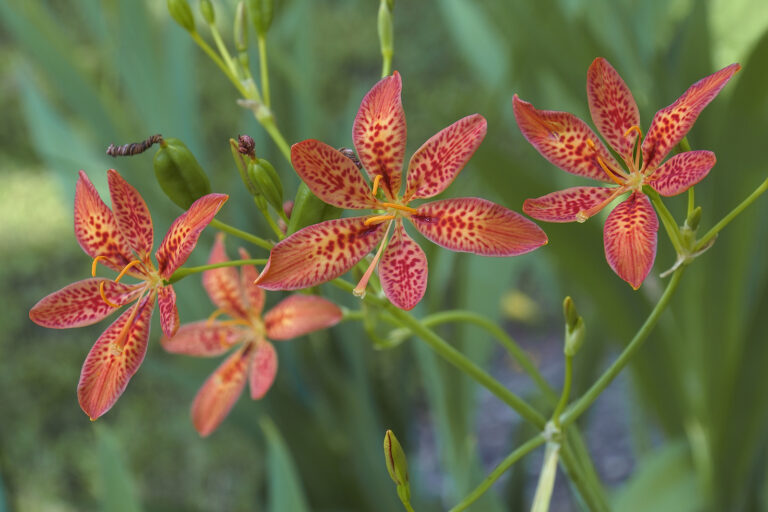Caring for Melons Through the Season: A Practical Guide
Over the years, I’ve learned that growing melons is as much about care during the season as it is about selecting the right variety or planting at the right time. Melons need consistent attention—from pollination to ripening—to deliver the flavor and size we all hope for.
Here’s how I care for melons throughout the growing season to keep the vines healthy, the fruit sweet, and the harvest successful.
Keep Fruits Off the Ground
One of the first lessons I learned as a gardener was that melon fruits touching the soil are more prone to rot, pests, and uneven ripening. When melons and squash begin to grow large, lift them off the soil. I use whatever is handy and stable:
- Wooden shingles
- Clay roof tiles
- Sheets of plastic
- Overturned cans or jars
- Halved milk jugs
- Inverted clay pots
These not only keep fruit dry but also soak up solar heat during the day and release warmth at night, helping melons ripen faster.
Mulch and Cultivate with Care
Early in the season, cultivate lightly around vines to keep weeds down. But once vines begin to sprawl and cover the soil, let them take over. Their broad leaves naturally shade out most weed competition.
To conserve moisture and suppress weeds, I mulch around the base of each plant with straw, shredded leaves, or composted bark. Mulch also helps regulate soil temperature and keeps ripening fruits off damp ground.
Maintain Even Moisture
Melons need consistent, even watering to avoid stress, especially at two critical times:
- After transplanting, when roots are establishing
- When fruits begin to swell, which is when inconsistent moisture can lead to splitting or bland flavor
Avoid letting the soil dry out, but don’t keep it soggy. In my raised beds, a deep watering every few days works best—depending on the weather. Mulch helps reduce the frequency needed.
Support Vines and Fruit
If you’re growing melons vertically—on a tripod, A-frame, or trellis—be sure to support both the vines and the developing fruits. Use soft garden netting, slings made from old T-shirts, or mesh bags to cradle the melons and prevent strain on the stems.
Even ground-grown melons benefit from a small lift. I routinely slide a tile or board under each fruit to promote airflow and deter soil-borne diseases.
Feed at the Right Time
Once fruits begin to set, I give each plant a generous watering with manure tea or compost tea. I repeat this feeding again about two weeks later to support fruit development. Avoid feeding too late in the season—this can push new growth when the plant should focus on ripening.
Focus the Plant’s Energy
To get the best quality fruit, I follow a few key practices:
- Pinch back excess flowers so that only 4 fruits grow on each vine. You’ll get fewer melons, but they’ll be larger, sweeter, and ready to harvest sooner.
- Stagger harvests by allowing one new fruit to develop every two weeks. Pinch back other flowers in the meantime to encourage sequential ripening.
- Remove new blossoms that appear within 50 days of your expected first frost. This prevents the plant from wasting energy on fruit that won’t have time to mature.
Don’t Prune Leaves Too Early
Melons rely on their leaves to produce sugars through photosynthesis. It’s tempting to trim for tidiness, but I avoid removing any foliage until just before harvest. Instead, I gently pull back leaves that shade fruit to give melons maximum sun exposure.
Let the plant continue to “feed” the fruit right up until picking—it makes a noticeable difference in sweetness.
Final Thoughts from the Garden
Caring for melons through the season means keeping a close eye on your plants and responding to their growth stage. From lifting fruit and managing moisture to controlling flowering and ripening, small actions add up to a flavorful harvest.
Over three decades of melon growing, I’ve found that thoughtful care—not just planting—is what produces the best-tasting results. Your melons will thank you with every juicy bite.
✅ Melon Care Checklist
Planting & Early Growth
- Transplant or direct-sow when soil is warm (65°F/18°C or warmer)
- Space plants 12–24 inches apart depending on variety and support method
- Install trellis, A-frame, or ground supports at planting time
- Mulch base of plants to retain moisture and prevent weeds
- Cultivate lightly until vines spread
Early Vine Growth
- Begin training vines up trellis/support with elastic tape
- Apply mulch around vines once they start to sprawl
- Water deeply 1–2 times per week (more in heat), keeping soil evenly moist
- Watch for male flowers (they appear first)
Flowering & Fruit Set
- Watch for female flowers (look for small bulge beneath petals)
- Hand-pollinate if bees are scarce
- Feed with manure or compost tea when first fruit sets
- Support developing melons on ground with tiles or shingles
- Use netting/slings for vertically grown melons
Mid to Late Season
- Feed again with compost tea 2 weeks after fruit set
- Pinch back excess flowers to allow only 3–4 melons per vine
- Pull leaves back from fruits to expose them to sun
- Water consistently; avoid drought stress
- Remove all new blossoms within 50 days of first frost
Pre-Harvest
- Do not prune leaves until just before harvest
- Continue supporting fruit and vines as needed
- Check for ripeness: color, aroma, and slight “slip” from stem
📆 Melon Growing Calendar
| Month | Tasks |
|---|---|
| March–April (if warm climate) | Start seeds indoors (4–6 weeks before last frost); prep trellises and mulch |
| April–May | Transplant or direct-sow melons; install supports; mulch lightly |
| May–June | Train vines; water deeply; look for first flowers; apply mulch heavily |
| June–July | First fruits set; apply compost tea; support fruits; control new flower growth |
| July–August | Second feeding; monitor fruit ripening; remove late-season blossoms |
| August–September | Harvest ripe fruit; remove old vines after harvest |
| October (cooler climates) | Finish final harvests before frost; clean up supports and mulch |
Melons Overview: The Ultimate Guide to Growing Melons: From Planting to Harvest
Watermelons: How to Grow Watermelons from Seed to Harvest: Ultimate Guide for Sweet, Juicy Success
Related Posts:
Planting & Growing Basics
- When to Plant Melons for the Best Harvest
- Best Soil and Location for Growing Melons
- Planting and Spacing Melons Step-by-Step
- Growing Melons on Mounds and Hills: A Proven Method for Stronger Plants and Sweeter Fruit
Care & Maintenance
- Watering and Feeding Melons for Maximum Sweetness
- Caring for Melons Through the Season: A Practical Guide
- Melon Pollination: How It Works and When to Lend a Hand
- Melon Pests and Diseases: Identification and Control
Space-Saving Techniques
- Melons in Small Spaces: Container Growing Made Easy
- Growing Melons Vertically: Save Space and Boost Harvests
- Trellising Cantaloupes: Why and How
Ripeness & Harvesting
- How to Tell When Melons Are Ripe
- How to Know When Cantaloupes Are Ripe: Slip Stage and Other Signs
- The Gardener’s Guide to Harvesting and Storing Melons for Peak Flavor
Melon Types & Varieties
- Summer Melons vs Winter Melons: Know the Difference
- Growing Gaila, Honeydew, and Crenshaw Melons
- Best Cantaloupe Varieties for Home Gardens
Enjoying the Harvest


